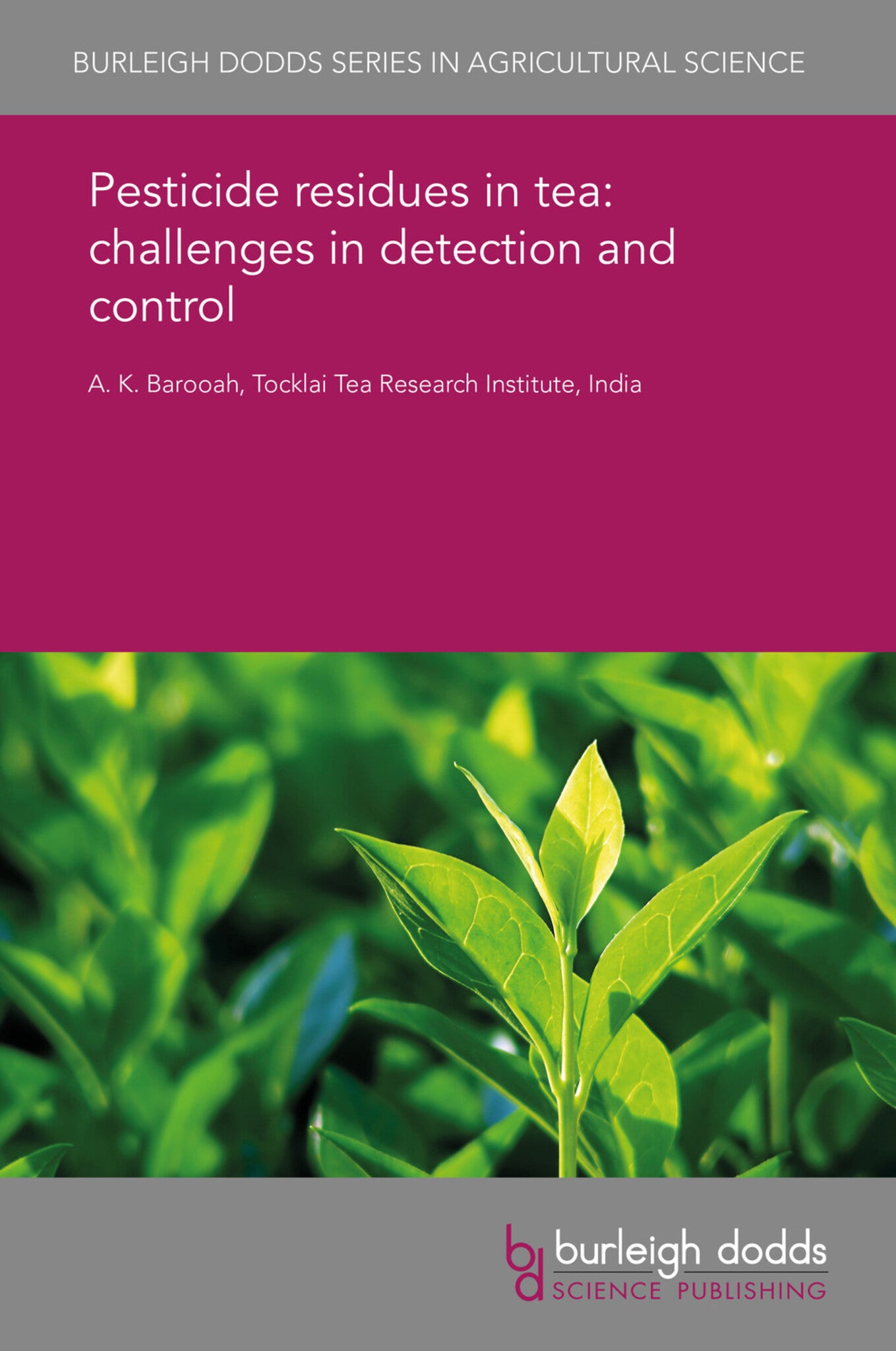We're sorry. An error has occurred
Please cancel or retry.
Pesticide residues in tea: challenges in detection and control

Some error occured while loading the Quick View. Please close the Quick View and try reloading the page.
Couldn't load pickup availability
- Format:
-
19 February 2018


TECHNOLOGY & ENGINEERING / Agriculture / Sustainable Agriculture, Agronomy and crop production, TECHNOLOGY & ENGINEERING / Agriculture / Tropical Agriculture, TECHNOLOGY & ENGINEERING / Agriculture / Agronomy / General, Sustainable agriculture, Tropical agriculture

1 Introduction 2 Measuring pesticide residues in tea 3 Review of recent research on the extent of pesticide residues in tea 4 Conventional methods for detecting residues in tea 5 Advanced methods for detecting residues in tea 6 Food safety standards for tea and the challenges of maintaining maximum residue limits (MRLs) 7 Strategies for reducing pesticide residues in tea 8 Conclusion and future trends 9 References



